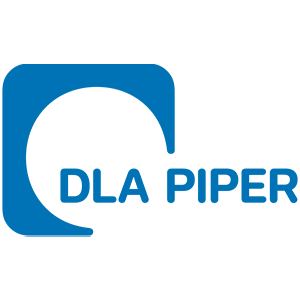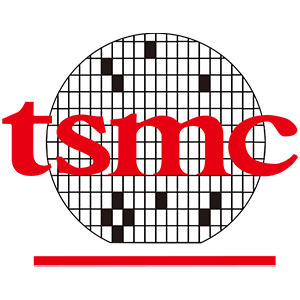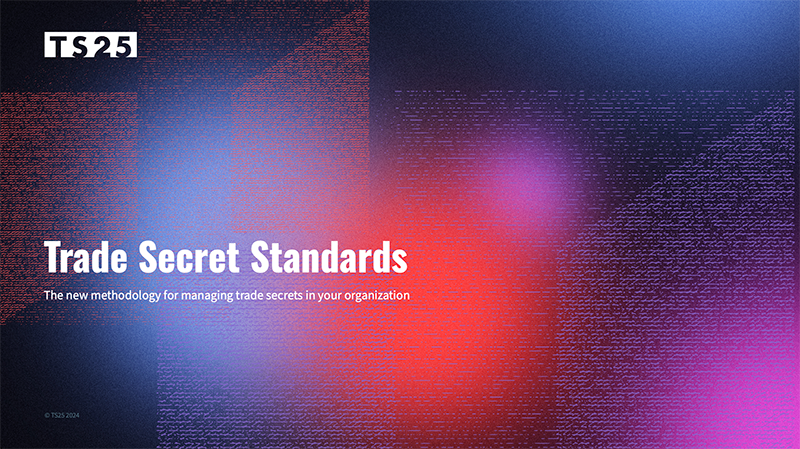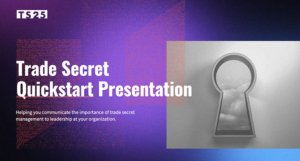Can a Trade Secret Protection Program add tangible value to a company?
Yes, a TSPP ensures that valuable information is properly documented, protected, and managed in a way that directly contributes to the company’s bottom line. Companies that fail to identify and document their secrets have no way of assigning value to them. Identifying the information that differentiates your company and affords you a competitive advantage is a necessary first step.
Trade secrets exist everywhere. How do we get our arms around this, and what if we don’t have the time or resources?
Start small. First, identify the personnel/groups in your organization that either produce innovation (typically engineering, R&D, IT, and product groups) or manage it (usually business development, sales/marketing, HR, legal, operations, and compliance). Next, build an action plan that does three things: 1) Guides managers to document their most competitively sensitive information; 2) Designs measures for risk reduction;
and 3) Communicates expectations to the workforce, particularly through confidentiality training. This plan is easier to execute than it might seem, and the benefits will soon be apparent.
How do we manage a process like this without disrupting our business or negatively impacting our culture built on speed and collaboration?
Creating a TSPP that fits your organization’s needs and risk environment can be accomplished in a way that respects and serves your culture. There’s no one-size-fits-all approach and various ways to enhance information security without interfering with valuable collaboration or creativity. Rather than slowing things down, a trade secret policy creates a clear path forward, helping teams act more effectively by following transparent guidelines and exercising good judgment.
Our senior leadership and board are pressed for time or may not see the value of a
Trade Secret Protection Program. How do we bring them along?
In today’s digital-first world, analysts have determined that the intellectual assets of a company account for 90% of its overall value. Senior management is responsible for identifying and managing these assets to preserve and monetize them. Caring for trade secrets does not require a massive effort and can be accomplished as part of the company’s risk management program. As businesses digitize and operate in global markets, the risk of data leakage increases, making it imperative for leadership to be proactive. IP protection, including trade secrets, has become an outsized compliance risk for company executives and their boards. A robust Trade Secret Protection Program doesn’t just mitigate risk; it signals to investors, customers, and regulators that your company is serious about safeguarding its most valuable assets.
Our company is a small-to-medium-size business (SMB). Should we have a Trade Secret Protection Program?
Yes, studies show that SMBs rely more on trade secrecy than any other kind of IP. The TS25 s tandards’ core audience includes new entrants, start-ups, and smaller organizations that will benefit from simple, actionable guidance to enable the creation of a basic TSPP that can grow with the company.













